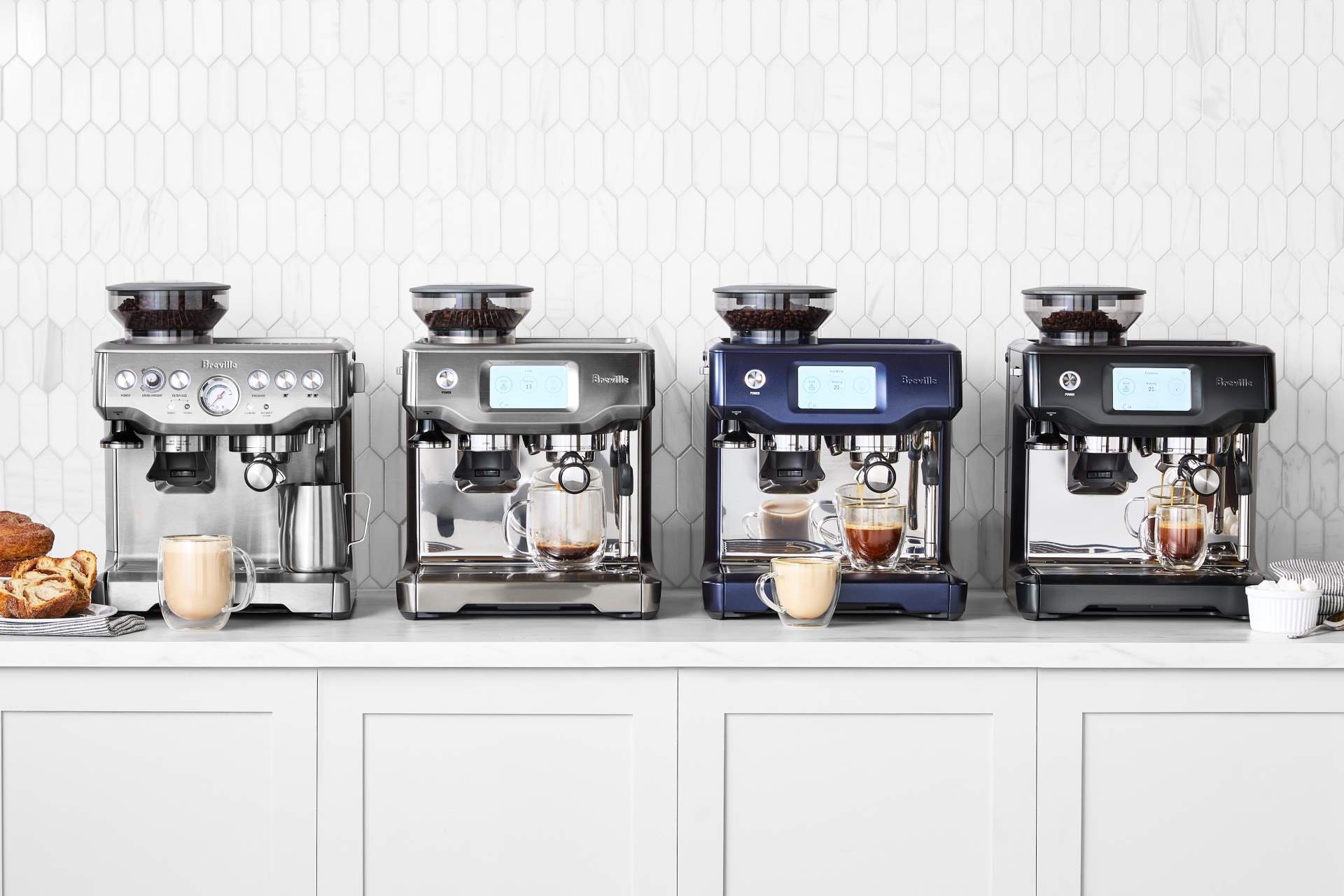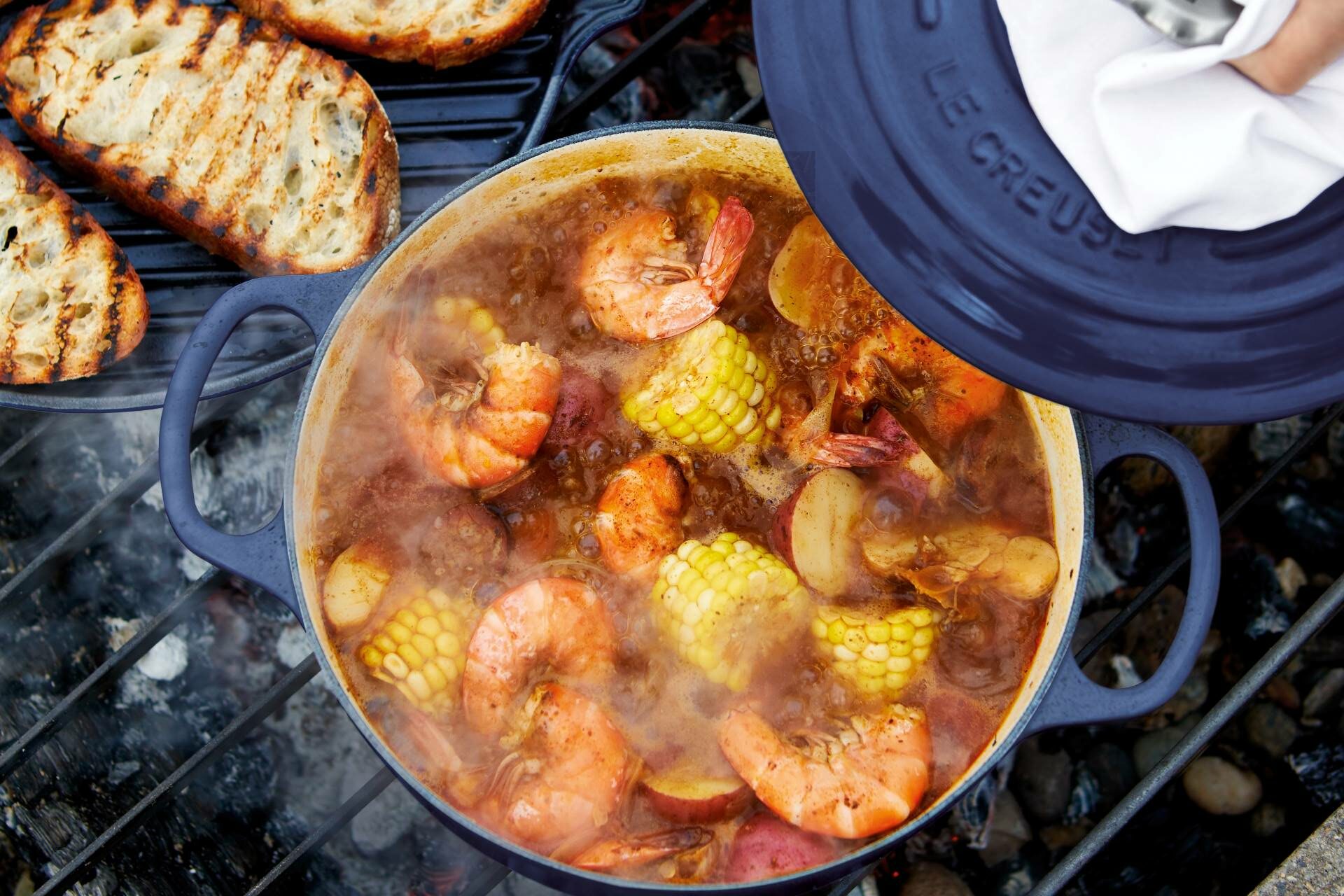Your morning brew, made by you, perfected by Breville.


As a home cook, you’ve probably done your fair share of simmering and boiling things. But even though they both mean you’re heating up liquid, many recipes ride on the distinction between the two. Use the wrong method, and it could affect the taste and texture of your dish.
We’ll walk you through the differences between the two methods and when to use each one, so you know exactly where to set the burner based on what you’re cooking.
Hungry for more? Explore our cooking classes for tips and tricks from our chefs!
When a recipe asks you to “simmer a pot of water” or “leave it at a simmer,” that means you’re heating that liquid until it reaches a temperature between 180–200°F (82–93°C). Depending on your stove, you’ll want to set your burner between low to medium-low heat.
At this temp, the liquid you’re cooking with will produce small bubbles that rise to the surface slowly, and the surface will appear calm. Simmering is a gentler method than boiling and is often used for delicate ingredients that require a longer cooking time.
You’ll see recipes ask for a simmer when you make soups, stews, broths and sauces because it allows the flavors time to develop and intensify. You’ll also be asked to simmer some proteins like poached eggs, chicken, fish or tofu, as it prevents them from becoming tough or rubbery.
Here are a few of our favorite recipes that require a simmer:
Rich, flavorful beef broth, sweet, caramelized onions and a great melting cheese that hardens into seductively crispy bits make this a must-try to practice your simmering skills.
Beef, pork, bacon and loads of herbs and aromatics simmer for an hour in a rich tomato sauce, developing depths of mouthwatering flavor.
When a recipe asks you to boil something, it’s asking you to heat that liquid until it reaches its boiling point, which is 212°F (100°C). Depending on your stove, you want to set your burner between medium to medium-high heat.
At this temp, the liquid will produce large bubbles that rise quickly to the surface, and the surface will appear agitated. Boiling is a more aggressive method than simmering, often used for cooking ingredients quickly or for foods that require a high-heat environment.
You’ll see recipes ask you to boil a pot of water for pasta, vegetables and hard-boiled eggs, as it cooks them quickly and evenly. It’s also great for blanching vegetables, which involves briefly boiling them and then plunging them into ice water to stop the cooking process.
Here are a few of our favorite recipes that require a boil:
Toss your pasta into a pot and boil until al dente. Then, transfer to a skillet containing peas, pancetta, mint and lemon juice, coating the linguine in fresh, beautiful flavors.
A classic during the hot days of summer, this one calls for shrimp, corn and potatoes to boil in a large pot with veggies and lots of seasoning. Easy and delicious!
Hungry for more? Explore our cooking classes for tips and tricks from our chefs!
Join The Conversation